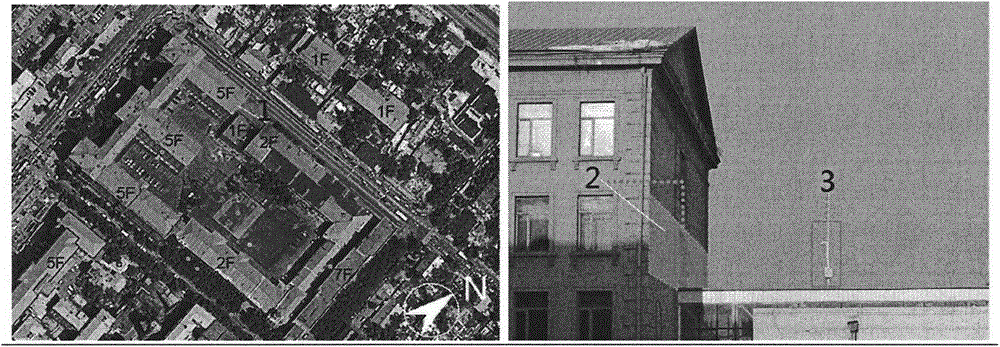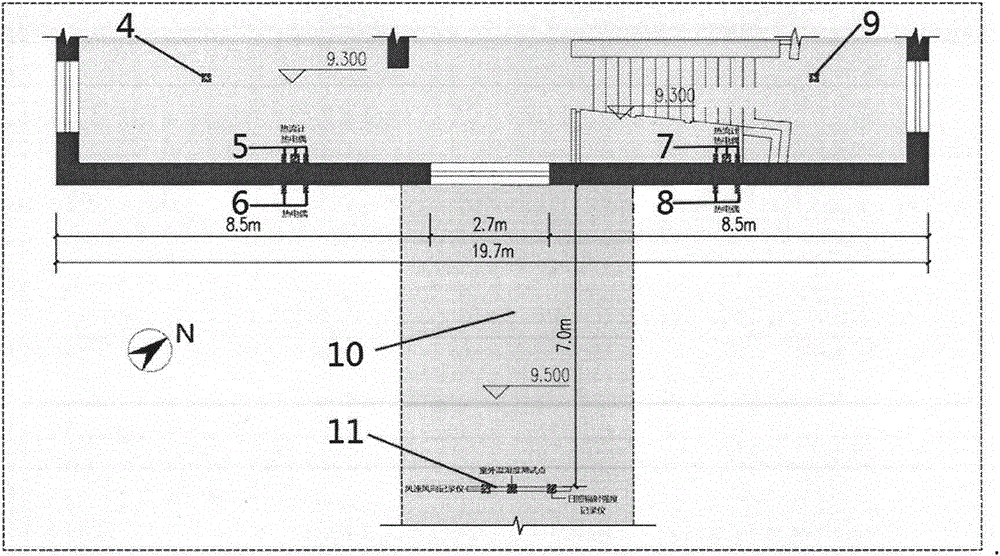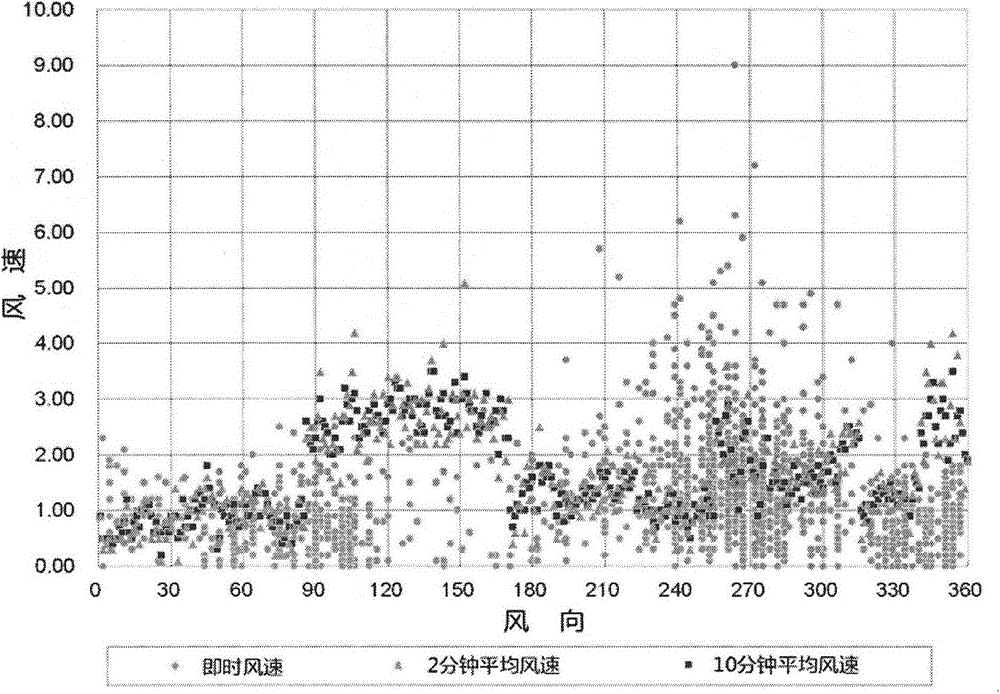Method for predicting heat transfer property of building exterior wall at severe-cold region based on neural network
A technology of building exterior walls and neural networks, applied in the field of heat transfer density testing of building exterior walls, can solve problems affecting research accuracy
- Summary
- Abstract
- Description
- Claims
- Application Information
AI Technical Summary
Problems solved by technology
Method used
Image
Examples
Embodiment Construction
[0058] Below in conjunction with accompanying drawing and embodiment the technical scheme of the present invention will be further described:
[0059] 1. Analysis of theoretical model of convective heat transfer
[0060] The heat loss of the building envelope consists of four parts: heat transfer loss, convective heat transfer loss, long-wave radiation loss and evaporation loss, as shown in formula (1),
[0061] q total =q conduction +q convection +q long wave-out -q long wave-in -q solar radiation +q evaporation (1)
[0062] where q total is the heat loss through the envelope, q conduction is the solid heat transfer loss of the enclosure structure, q convection is the heat lost through convective heat transfer, q long wave-out is the heat loss by long-wave radiation of the exterior wall of the building, q long wave-in Heat gain from ambient long-wave radiation absorbed by building exterior walls, q solar radiation is the heat gained by the short-wave radiation ...
PUM
 Login to View More
Login to View More Abstract
Description
Claims
Application Information
 Login to View More
Login to View More - R&D
- Intellectual Property
- Life Sciences
- Materials
- Tech Scout
- Unparalleled Data Quality
- Higher Quality Content
- 60% Fewer Hallucinations
Browse by: Latest US Patents, China's latest patents, Technical Efficacy Thesaurus, Application Domain, Technology Topic, Popular Technical Reports.
© 2025 PatSnap. All rights reserved.Legal|Privacy policy|Modern Slavery Act Transparency Statement|Sitemap|About US| Contact US: help@patsnap.com



